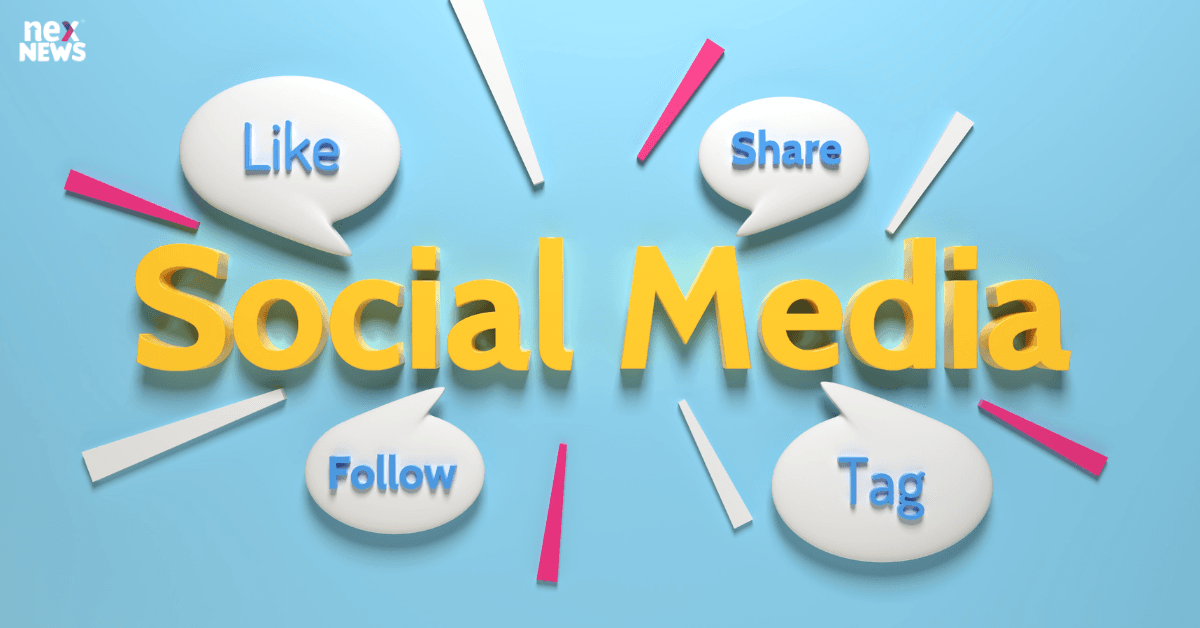Social media is a unique form of persuasive technology. It often tinkers with our minds, using psychological tricks repeatedly, sometimes without us even realizing it. Let's explore some notable examples.
While our brains have evolved to benefit us in various ways, they also have vulnerabilities. Persuasive technology exploits many of these weaknesses, molding our attitudes and actions to benefit industries financially.
Contrary to what we might think, our brains are quite adaptable. We shape our surroundings, and in turn, our surroundings shape our brains. Continuous use of technology starts training us - our thoughts, emotions, motivation, and attention align with what the technology intends to produce. This creates a neural pattern that makes it more likely for us to continue that behavior, even if it's harmful.
When we interact with content online, it's not a random choice. Many designs are crafted to exploit the way our brains function, encouraging compulsive behavior commonly linked to social media.
Recognizing the Urgency in Trivial Matters
Our brains, with their limited attention span, constantly decide what's important. A brain network spots patterns and irregularities, alerting us when it senses something new externally. Social media notifications, like vibrations, red dots, and flashing lights, trick this network into thinking something vital is happening. Often, these notifications act as false alarms, hindering our focus on truly significant matters.
Chasing Stimuli Without Fulfillment
Desiring things is natural, and when we attain them, we enjoy the experience. However, the brain's desire circuitry is more potent than the enjoyment circuitry. At times, an over-sensitive desire circuitry traps us in an endless quest. Technology often capitalizes on this desire, providing endless exploration but few satisfying experiences. While momentarily content, long-term satisfaction eludes us. Our tolerance increases, leading to constant clicking and scrolling on social media, mindlessly consuming content with minimal control over our thoughts.
Challenge of Multitasking
We often find ourselves juggling multiple tasks, making our brains work hard. Our brain, with its billions of neurons, collaborates to handle various life demands. However, there's a limit to what our brain can handle. When we frequently switch from one task to another, it leads to 'attention residue,' where thoughts from the previous task interfere with focusing on the current one.
Social media plays a big role in promoting multitasking. It keeps us constantly engaged, leading to repetitive and automatic behavior, and it weakens the functioning of the brain's prefrontal regions.
The Surge in Fear and Anxiety
Fear and anxiety levels are on the rise. Negative information, especially fear-related content, grabs our attention more than positive information. Our brains process negative details thoroughly and quickly. This explains why social media content that evokes fear, anger, or disgust spreads faster than positive content.
Embracing Constant Social Comparison
It's common for us to measure our value by looking at how we stack up against others. Comparing ourselves socially can motivate us to achieve more, but it often leads to not-so-great feelings—envy, shame, anxiety, or a feeling of missed chances. Social media ramps up these social comparisons. The likes, comments, and other positive responses we get on social platforms trigger parts of our brain linked to rewards, pushing us into constant comparisons and self-doubt.
Telling Us What We Want to Hear
Social media algorithms pick up on our likes and dislikes from how we use apps, tailoring the information we see. When we have a certain viewpoint, we look for information that supports it and ignore anything that challenges it. When algorithms show us content that aligns with our beliefs, it reinforces our opinions, making us more extreme in our views and eroding our sense of a united social group with shared understanding.


POST A COMMENT (0)
All Comments (0)
Replies (0)